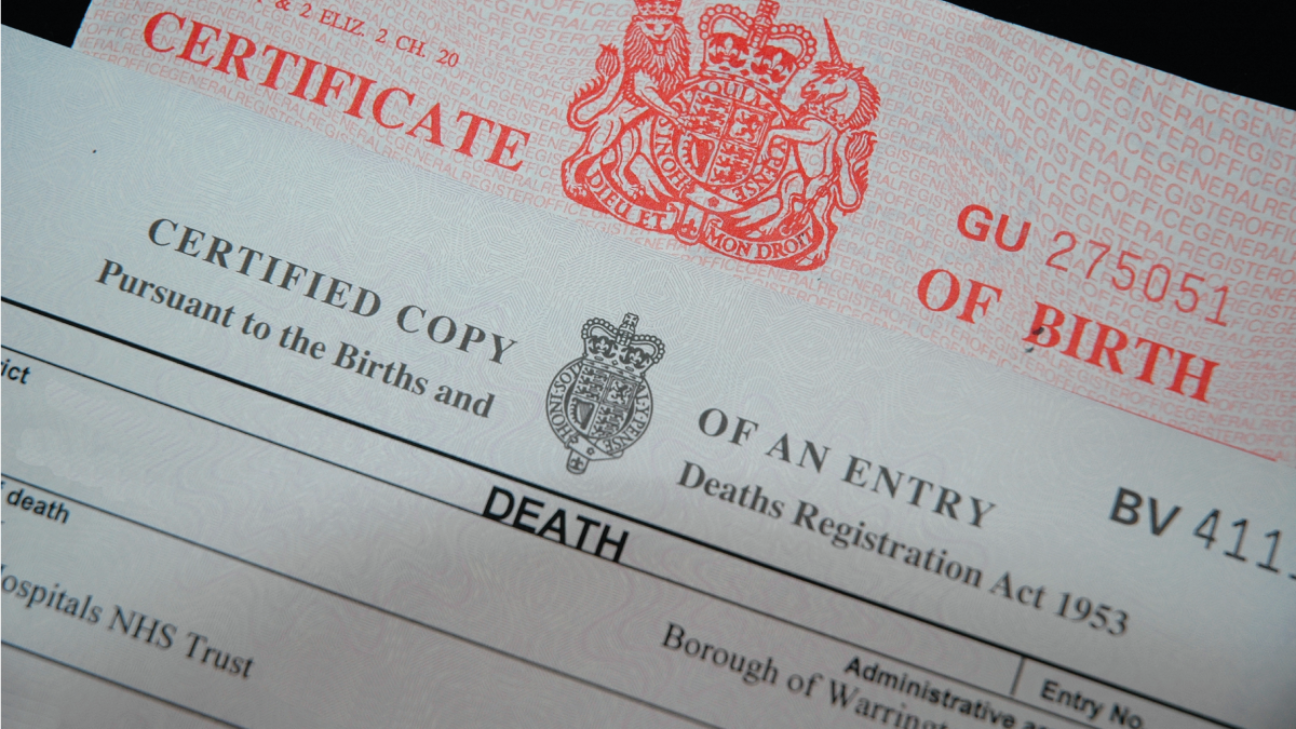
Simon Community NI response to The Bureau of Investigative Journalism homeless death figures.
Simon Community NI is extremely concerned by the recent homelessness death figures, released by the Bureau of Investigative Journalism, that not only detail almost 800 UK homeless deaths taking place over an 18-month period but highlight that almost one third of those die from treatable conditions. More frightening is the fact that 205 of these deaths took place in Northern Ireland – yet again, showcasing the homelessness crisis happening across the country and an urgent need for effective policy and proper investment.
While we do not experience the same street homelessness epidemic as other major cities in the UK, Northern Ireland is heavily impacted by the greater issue of ‘hidden homelessness’ – where individuals are living in overcrowded homes, poor accommodation and sleeping on sofas and in cars. Simon Community has been aware of, and raised alarms about, this serious problem for some time and believe it is masking the true number of those who are homeless. In fact, it is believed that the number of deaths would be much higher if victims had have known of their homelessness rights and registered their status with statutory organisations.
Simon Community welcomes the awareness this project has raised on the health inequalities behind homelessness-related deaths. For too often, media and society take an interest in the headline clickbait items – winter deaths from hypothermia and drug overdoses – but little is spoken of the victims of ‘normal’ circumstances. People with no fixed abode or who are preoccupied with homelessness anxiety and mental ill-health are prone to dip in and out of treatment meaning conditions such as cancer, heart disease, tuberculosis, pneumonia, HIV and Hepatitis are often diagnosed late, if at all, with the right medical care coming too late.
The Dying Homelessness Project findings are an important piece of research. People who are homeless die, they die in large numbers, they die prematurely, and they die of preventable illnesses. However, it is reassuring to know that the lid has been truly lifted on the wider issue and that the Museum of Homelessness will take on this important counting project, which will go a long way to bringing one of the greatest plagues of our time to an end.
To learn more about Homelessness in Northern Ireland visit the Simon Community NI Knowledge Hub.